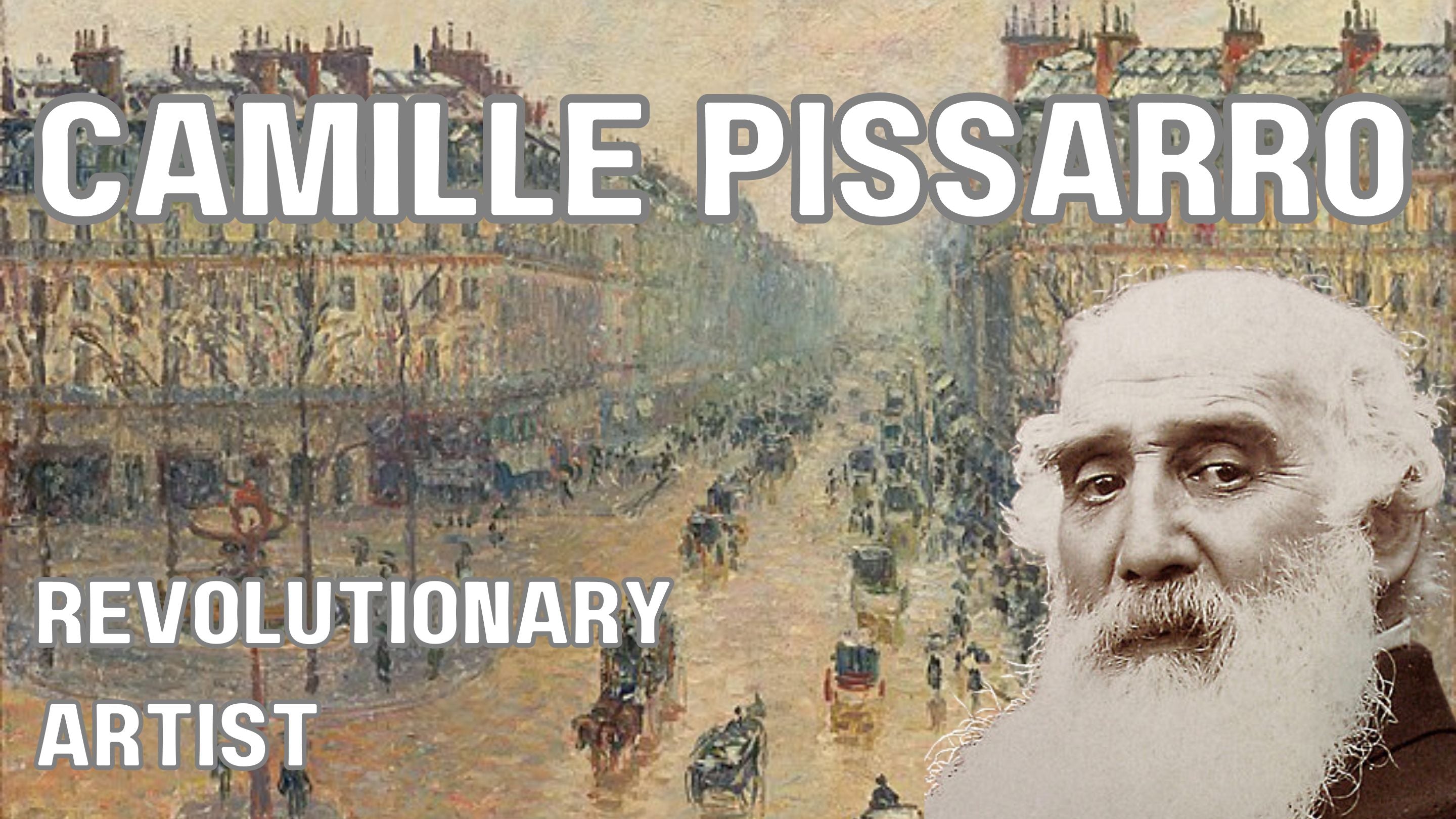Table of Contents:[hide]
Camille Pissarro, a pivotal figure in the Impressionist movement, left an indelible mark on the art world with his innovative approach to painting landscapes and scenes of everyday life. In this extensive article, we delve into the life, works, and enduring influence of this masterful artist.
Early Life and Influences
Camille Pissarro was born on the Caribbean island of St. Thomas in 1830. His exposure to the lush landscapes of his childhood would later manifest in his vibrant depictions of rural scenes. His family relocated to France, where he commenced his formal art education, encountering influential figures like Corot and Courbet.
The Evolution of Pissarro's Style
1. Impressionism Takes Root
Pissarro's artistic journey witnessed a significant shift with his association with the Impressionist movement. Embracing the use of loose brushstrokes and a vibrant color palette, his works like "Boulevard Montmartre" and "The Artist's Garden at Eragny" exemplify the quintessential Impressionist style.
2. Neo-Impressionist Experimentation
In his later years, Pissarro explored Neo-Impressionism, collaborating with Georges Seurat and Paul Signac. The technique of pointillism, characterized by the use of tiny dots to create a cohesive image, found its way into Pissarro's oeuvre, showcasing his willingness to innovate.
Pissarro's Impact on Art History
1. Mentorship and Influence
Pissarro played a crucial role in mentoring other artists who would go on to become influential figures themselves. His guidance was instrumental in shaping the styles of artists like Paul Cézanne and Paul Gauguin.
2. Legacy in the Art World
The enduring legacy of Camille Pissarro is evident in the continued appreciation for his works and the impact he had on subsequent movements. His commitment to capturing the essence of the moment and the beauty of everyday life reverberates through the annals of art history.
Frequently Asked Questions (FAQs) About Camille Pissarro
Q1: What is Camille Pissarro best known for?
A: Camille Pissarro is best known for his contributions to the Impressionist movement. His ability to capture the transient effects of light and atmosphere in his landscapes and scenes of rural life set him apart as a master of the genre.
Q2: How did Pissarro's Caribbean upbringing influence his art?
A: Pissarro's childhood in St. Thomas profoundly influenced his artistic sensibilities. The lush landscapes and vibrant colors of the Caribbean found expression in his later works, contributing to the unique character of his art.
Q3: Did Pissarro only paint landscapes?
A: While Pissarro is renowned for his landscapes, he also painted numerous scenes of urban life and portraits. His versatility as an artist allowed him to explore various subjects throughout his career.
Q4: What is Neo-Impressionism, and how did Pissarro contribute to it?
A: Neo-Impressionism is a painting technique characterized by the use of small, distinct dots of color that blend together when viewed from a distance. Pissarro, along with artists like Seurat and Signac, played a key role in developing and popularizing this innovative style.
Q5: How did Pissarro's relationships with other artists shape his work?
A: Pissarro's interactions with fellow artists, such as Cézanne and Gauguin, had a profound impact on his artistic evolution. These relationships facilitated the exchange of ideas and techniques, contributing to the richness of his body of work.
Conclusion
Camille Pissarro's artistic journey is a testament to the transformative power of innovation and collaboration. His influence on the Impressionist movement and subsequent exploration of Neo-Impressionism showcase a commitment to pushing the boundaries of artistic expression. As we continue to appreciate and study Pissarro's works, we gain insights not only into the artist's life but also into the broader evolution of art in the late 19th and early 20th centuries.
Prints and Canvas Panels
Related Articles
The Impressionists



